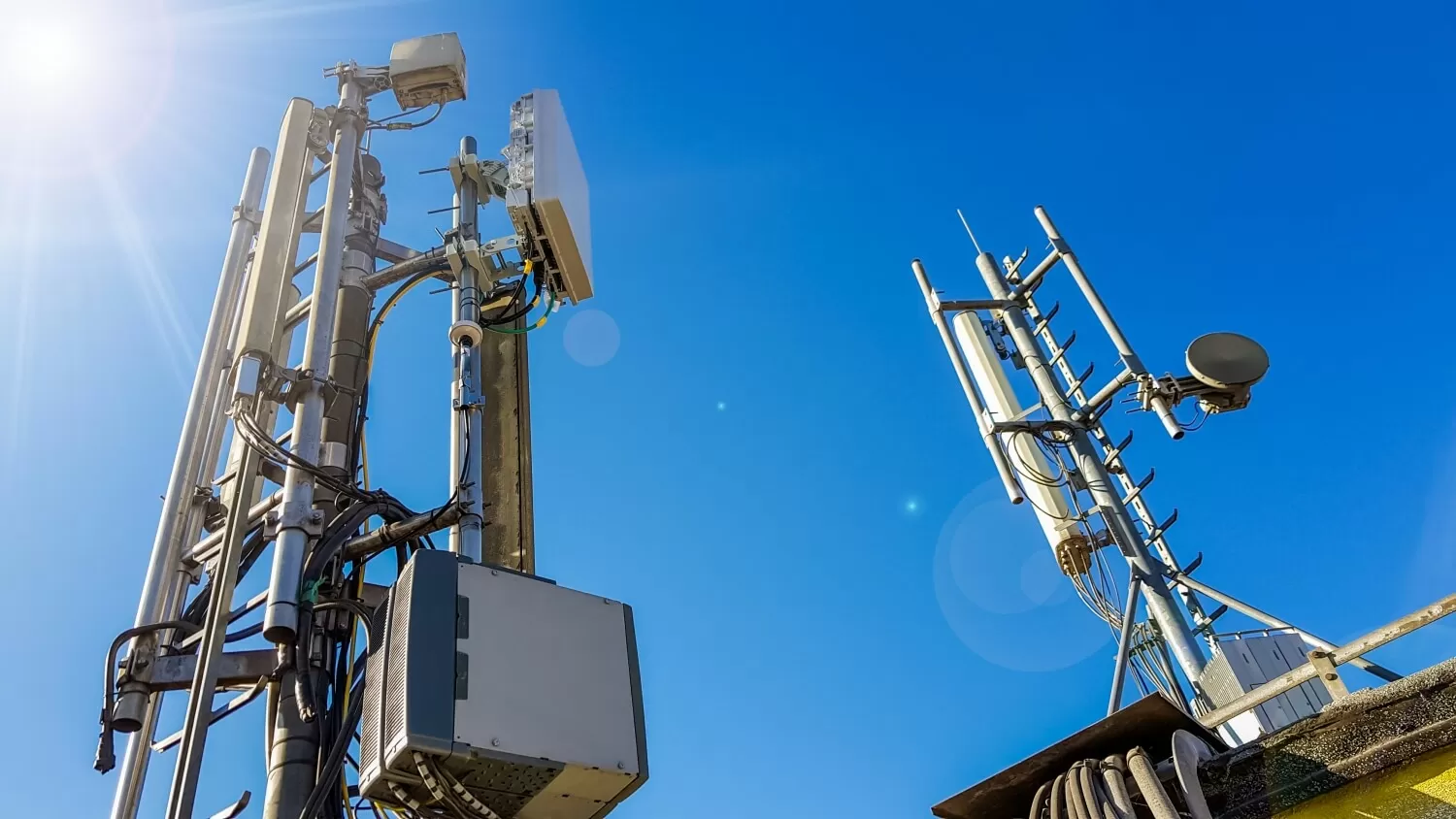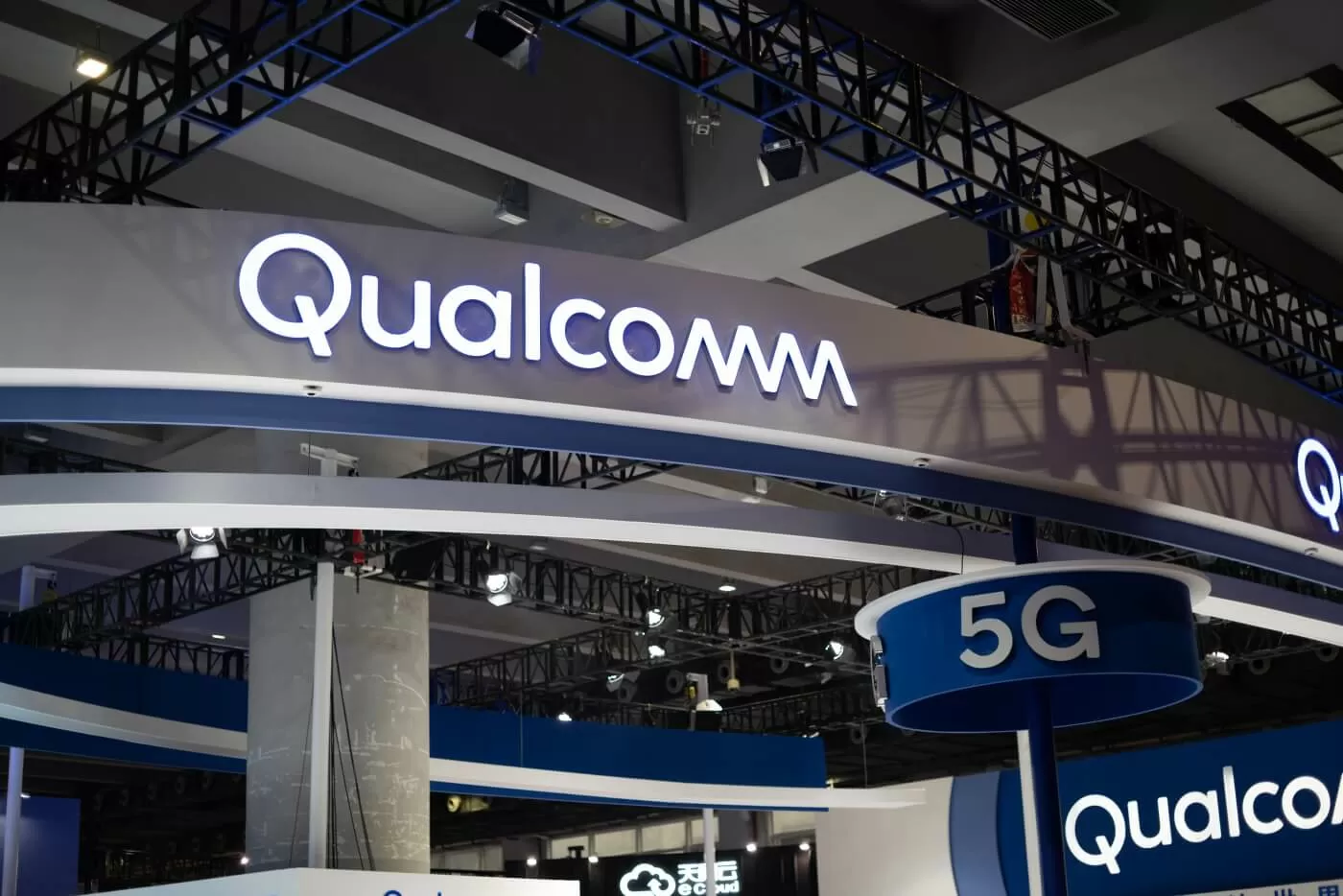JD Wheeler
Posts: 9 +3
Why it matters: Qualcomm has now demonstrated an mmWave connection at a range of 2.36 miles, double what the company originally promised. Range has been the biggest hurdle for wireless cell providers in adopting and deploying mmWave technology in their networks. Assuming this breakthrough can translate into benefits to wireless carriers, it could significantly speed up 5G deployment and reduce costs for everyone.

The first consumer 5G products came to the market in 2019 with promises of broadband replacement levels of speed and low latency. Still in its infancy, most 5G-enabled phones are still quite expensive. In the US, wireless carriers have been notably behind the rest of the world when looking at average 5G network speeds.
One exception has been Verizon, who has focused their 5G deployment entirely on the high-band technology, mmWave. Due to the usage of high-band frequencies, mmWave could bring multi-gigabit per second speeds to the masses, but very low range and difficulty penetrating buildings have been challenging setbacks. Qualcomm's recent announcement could be just what the industry needed.
With help from Casa Systems and Ericsson, Qualcomm demonstrated a breakthrough in mmWave range by maintaining a data connection from 2.36 miles away. The hardware utilized was a standalone Snapdragon X55 modem equipped with a QTM527 antenna, connecting to an Ericsson Air 5121 radio system with Baseband 6630 tower hardware.
Although shown in the context of fixed wireless access (FWA), the components are the same as those found in high-end 5G smartphones like the Samsung Galaxy S20 Ultra.

Qualcomm says the breakthrough "was achieved by applying extended-range software to commercial Ericsson hardware." but does not mention how performance fared at that range. With no changes to the hardware itself, it's unlikely Qualcomm has figured out how to break the laws of physics to double the range without impacting speed. What's more likely is that the improved software implementation is allowing the network and device handle the packet loss of a degraded connection more gracefully, without resorting back to a lower band connection.
Despite the limited information released by Qualcomm, they are clearly excited about the potential applications in FWA (fixed wireless access) broadband.
Gautam Sheoran, senior director of product management at Qualcomm, stated, "With this major milestone being the first step in utilizing mmWave for an extended-range 5G data transfer, our collaboration with Casa Systems and Ericsson is paving the way to implement fixed broadband services for broad coverage in urban, suburban and rural environments.”
In the context of 5G smartphones, it's unclear whether a long-range mmWave connection would bring noticeable improvements compared to a consistent lower-band 5G connection. Even if this doesn't immediately translate to the end user, it's great to see Qualcomm's continued focus on improving 5G technology.
https://www.techspot.com/news/86596-qualcomm-sets-new-record-5g-mmwave-range.html